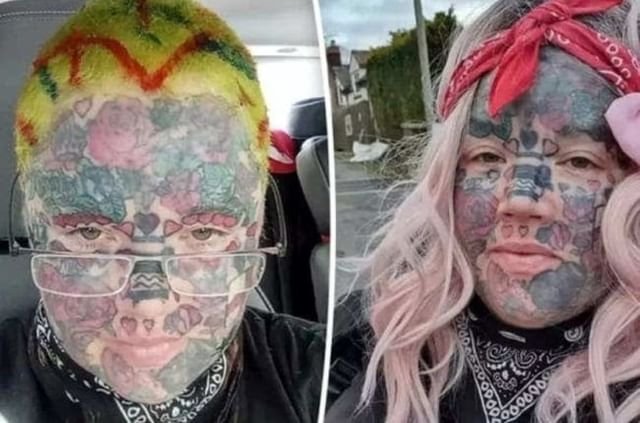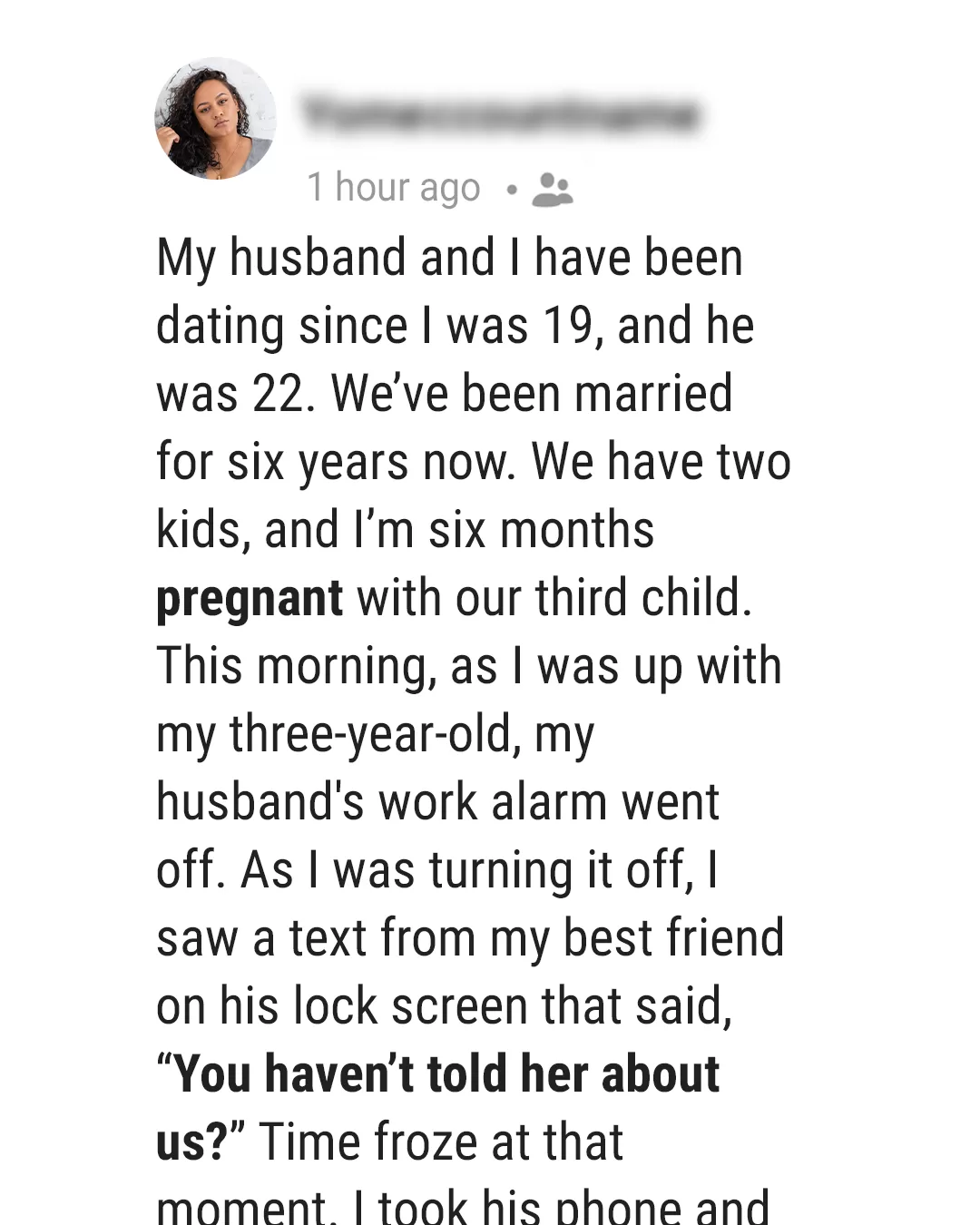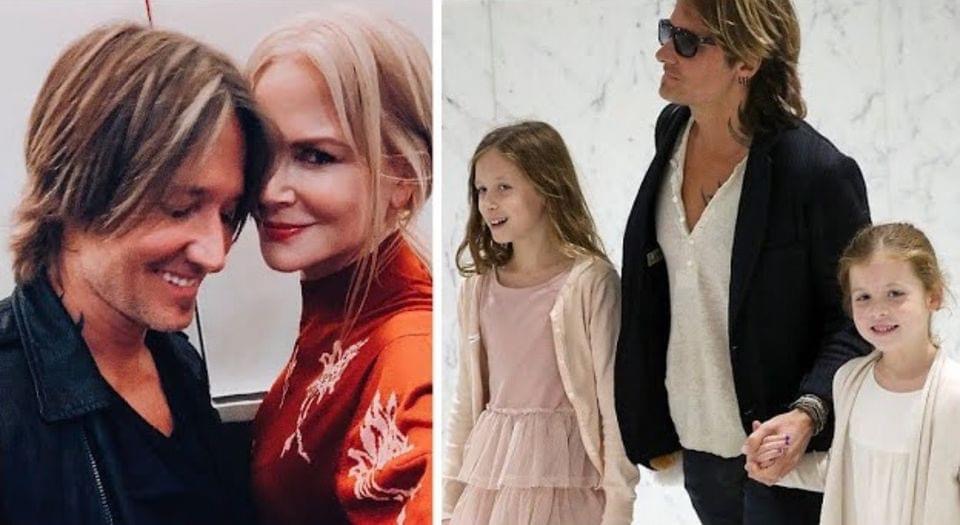
“Why don’t we make a clean break?”
2019 was a year of big earnings for Disney (DIS).
She directed the Disney+ streaming service 10 million subscribers in one day after launch. The company completed a $71 billion acquisition of Fox entertainment assets, opened two Star Wars theme parks, and issued The second highest-grossing film In the history of cinema, “Avengers: Endgame”.
The gains reflected Disney’s strength as an entertainment giant that can beam its powerful IP everywhere from theaters to theme parks and even directly to your home via live streaming.
But moving forward nearly four years later, the merit of having all of those assets under one roof would be called into question. CEO Bob Iger himself has raised the possibility that the company might be too big. Some on Wall Street are calling for a breakaway.
The company’s gardening business is slowing. The linear TV division is in decline, as are subscribers of the major streaming service Disney+. Not to mention, the media giant seems to have lagged behind competitors at the box office.
“Given the thinking you’ve done about the future of Disney, why wouldn’t it make sense to create two Disney companies: one focused on the parks, Disney+ and then an IP Studio that drives that flywheel, and then one on everything else? So why not make a clean break?” MoffettNathanson analyst Michael Nathanson pressed CEO Bob Iger on the earnings call last week.
Nathanson later clarified that “everything else” would include Disney Linear Networks, ESPN+, Hulu SVOD, Hulu Live TV and Disney+ Hotstar.
“I will not comment on the future structure of the company or the composition of the company’s assets,” Iger said in response. “As I said, we’re looking at strategic options for both ESPN and the Linear Networks, and we’re obviously addressing all the challenges that those companies face.”
Amid declines in linear TV, Iger said last month that he would take an “extended” look at the entertainment giant’s traditional TV assets, suggesting the possibility of strategic choices that could include selling.
At the time, Iger admitted that the current distribution model was “definitely broken,” explaining that Disney’s linear TV assets, which include broadcast network ABC and cable channels FX, Freeform and National Geographic, “may not be core” to its strategy anymore.
It reiterated the thinking in the earnings call, calling three companies that will drive growth and value creation over the next five years: movie studios, theme parks, and streaming.
Part of this broadcast strategy is focused on ESPN, which will eventually become a direct-to-consumer (DTC) platform.
Analysts and media observers have warned that the network’s full transition to streaming will be a difficult ride, particularly when it comes to the high costs of sports rights and consumers paying the streaming service’s extra bill for watching sports as part of a cable package.
Selling linear networks will also be challenging given the secular decline in linear television networks amid rising cord-cutting trends. This reasoning would be even more complicated if ESPN had not been included in a potential spin-off.
There is no clean break
However, splitting the company would allow Disney to eliminate its debt, eliminate loss leaders, and provide clearer direction for its future in a fragmented media landscape.
So, as Nathanson suggested, why not just make a clean break?
Bank of America analyst Jessica Reeve-Ehrlich told Yahoo Finance, explaining how Disney’s assets feed off of each other to support the business, with studio IP driving parks while linear networks providing money for Disney to direct more investments in growth areas like streaming.
Besides, ESPN’s value is closely tied to ABC due to its massive reach in broadcast, yet ABC is the part of the line business that Iger would likely want to offload.
“I thought it was pretty clear that Disney wants to own the majority of ESPN. How do you do that without having ABC and the stations as well? That’s the part where I’m having a lot of difficulty,” she said.
Rather than spin off companies, Ehrlich suggested leveraging brands to create value, citing the $2 billion sports betting deal with Penn Entertainment as an example: “There’s a lot of intrinsic value in the intellectual property that they control,” she said.
However, Nathanson, who lowered his price target for the stock to $115 a share from $120, argued that value has not been fully realized within the company’s current structure.
“Given that Disney is in the process of exploring all options when it comes to future asset mixes, we believe there is a clear case to be made that under any scenario Disney’s assets are materially more than its current enterprise value,” Nathanson said in a note to clients after last week’s earnings results.
“Perhaps the easiest way to bridge that gap is to create a new company (or ‘newco’) with the Disney’s Parks, Experiences and Products division along with Disney+ and the IP studio feeding into these flywheels. That asset will likely trade at a higher price,” he added. “Given the elevated moat, distinct assets and strong revenue growth,” he said, adding, “we have no illusions that the market will be generous in valuing these companies.”
open value
It’s a strategy that has been mooted for other legacy media giants, such as Paramount Global (PARA), which has long been seen as a potential takeover target due to its smaller footprint compared to competitors, along with a wide range of brands such as BET and Showtime, which have both gained acclaim. Both of them attract attention from buyers.
Wednesday, The Wall Street Journal It reported that Paramount dropped plans to sell a majority stake in BET Media Group after concluding that the sale would not result in any beneficial reduction to its balance sheet.
Lionsgate has also headed in this direction with division of its own studio and Starz businesswhich will be held in the first quarter of 2024.
Steve Beck, founder of advisory firm cg42, explained to Yahoo Finance that this new era of value creation marks the prime era of broadcasting.
“When you start recalibrating the direct-to-consumer model, which is what we’re starting to see with Disney and others, you reset the business, and there are aspects of that business that you basically don’t need,” he said. .
Despite this, Bank of America’s Reeve emphasized that divestment likely won’t be enough to solve Disney’s myriad of problems although there are arguments to be made from both sides.
“I’m not in the camp that says Disney really needs to break up. Having said that, I think all options, and Bob Iger has made this very clear, all options are on the table,” she said.
Alexandra Channel He is a senior correspondent at Yahoo Finance. Follow her on Twitter @employeeAnd linkedin, and email it to alexandra.canal@yahoofinance.com.
Click here for the latest stock market news and in-depth analysis, including the events that move stocks
Read the latest financial and business news from Yahoo Finance





